The Truth About ‘Hypoallergenic’ Dogs (And How to Actually Live With One)
From my spot behind the grooming table, I’ve seen the incredible joy a dog can bring. I’ve also witnessed the absolute heartache when allergies turn that dream into a sneezy, itchy nightmare. So many hopeful people walk into my salon asking for a “hypoallergenic” dog, crossing their fingers for a magic, sneeze-free solution.
In this article
And the first thing I have to tell them is the honest-to-goodness truth: there’s no such thing as a 100% hypoallergenic dog. Not one.
But don’t let that discourage you! That fact isn’t a dead end; it’s the real starting point. For many people, living happily with a dog despite allergies is completely possible. It just takes the right knowledge, a serious commitment, and a solid management plan. It’s not about finding a mythical creature, but about understanding what really causes your allergies and how to keep it under control.
The Real Science Behind Your Sneezes
Most people think they’re allergic to dog hair, but that’s one of the biggest myths out there. The hair itself is rarely the problem. The true culprits are tiny proteins that all dogs produce, which are found in their dander (those invisible flakes of dead skin), saliva, and urine.
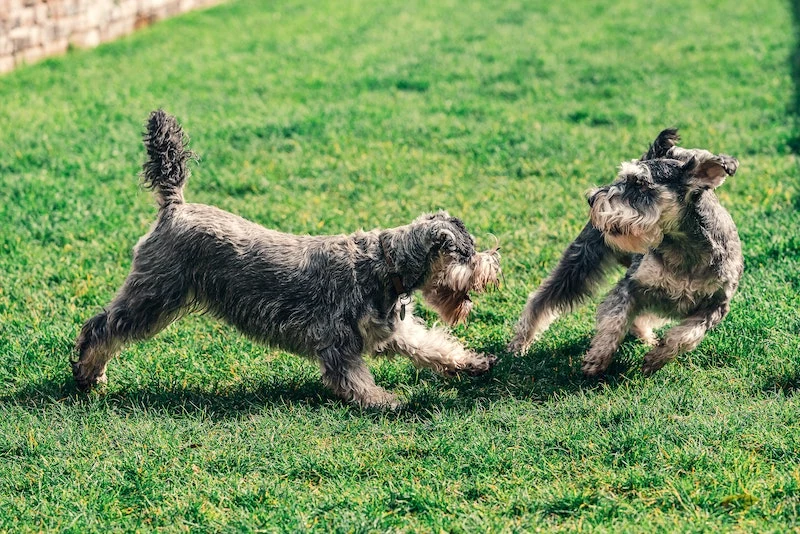
The main offender is a protein that’s incredibly small and sticky. Think of it like microscopic glitter—it gets everywhere and clings to everything. When a dog sheds, that dander goes airborne. And when a dog licks its coat and the saliva dries, those pesky proteins flake off and join the dander in the air, on your furniture, and on your clothes.
So, why are some breeds better for allergy sufferers? It all comes down to the coat.
Dogs often labeled “hypoallergenic” don’t produce fewer allergens. Instead, they have hair that doesn’t shed much, or at all. Their coat acts like a trap, holding the dander and saliva proteins close to the skin instead of releasing them into your home. This is the whole secret! A low-shedding dog contains the problem, giving you the power to manage it with regular, smart grooming.
Before You Choose: A Professional’s Reality Check
Bringing a dog home is a huge commitment, and when allergies are in the mix, you absolutely must do your homework. I’ve seen folks skip these steps and end up with chronic sniffles and the painful decision to rehome a pet they’ve grown to love. Please, don’t be that person.
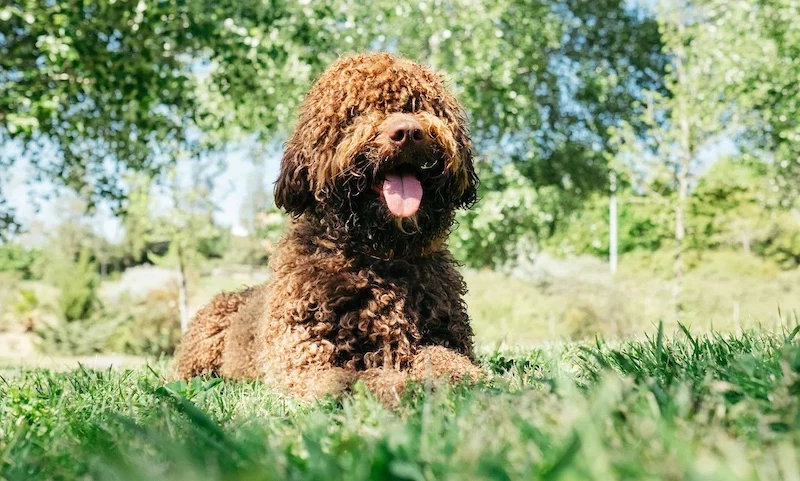
1. Talk to an Allergist. Seriously, this is non-negotiable. Get tested to confirm it’s actually a dog allergy and not something else. A doctor can explain how severe your allergy is and discuss medical options like antihistamines or other treatments that can make a world of difference. This is your foundation.
2. Prep Your Home. You can start fighting allergens before a dog even sets a paw inside. First, invest in a high-quality vacuum with a HEPA filter. Expect to pay anywhere from $200 for a solid upright to $600+ for a premium canister model. It’s an investment in not being miserable. Also, consider an air purifier with a HEPA filter, especially for the bedroom. Oh, and if you have wall-to-wall carpeting, now might be the time to consider hard flooring. Carpet is an allergen super-magnet.
3. Do the “Allergy Test Drive.” This is my most critical piece of advice. Don’t you dare fall in love with a puppy from an online list! Your reaction to one dog can be totally different from another, even within the same breed. Contact a reputable breeder or rescue and ask if you can spend a couple of hours in a home with their adult dogs. Here’s how you do it: Wear an old t-shirt, sit on their floor, and really bury your face in a dog’s fur. Pet them, play with them, then go home without washing your hands or changing your shirt. See how you feel over the next six hours. A responsible person will completely understand and encourage this test.
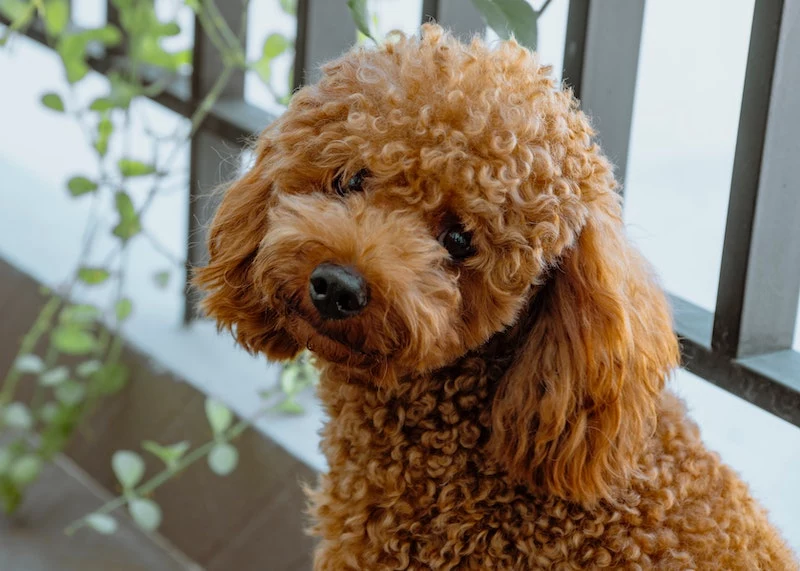
Let’s Talk Coats: Where the Real Work Begins
Okay, so you’ve found a breed that doesn’t send you into a sneezing fit. Awesome! But the work isn’t over; it’s just beginning. The type of coat that’s good for your allergies is almost always high-maintenance. You’re trading a low-allergen environment for a high-grooming commitment.
There are a couple of main types you’ll encounter:
Hair Coats (like Poodles, Bichons, Wheaten Terriers)
Think of this like your own hair. It doesn’t really shed out; it just grows… and grows… and grows. This means you are committing to two things: daily brushing at home to prevent painful mats, and professional grooming every 4-6 weeks. And heads up, that professional grooming can cost anywhere from $80 to $150 a pop, depending on the dog’s size and your location. If you skip the brushing, your dog will get matted, which is painful for them and will result in a very short, very expensive haircut.
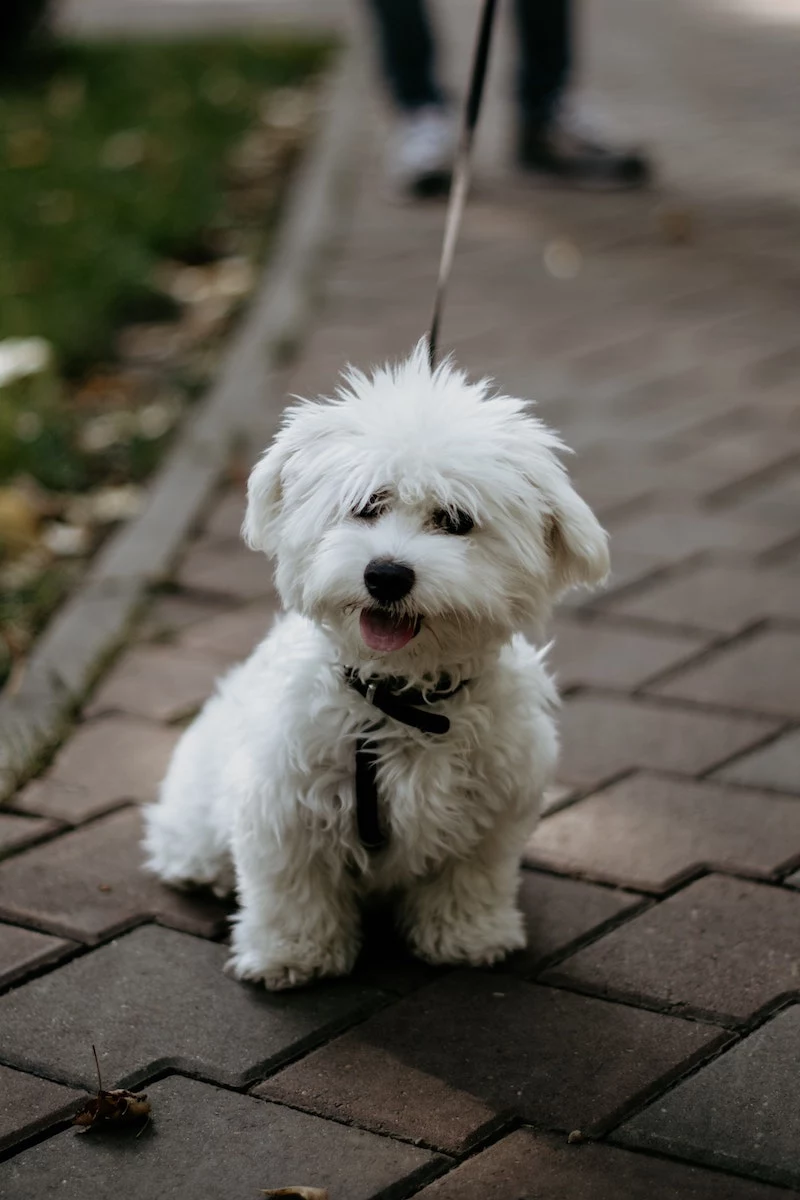
Wire Coats (like Schnauzers and many Terriers)
These guys also don’t shed much, which is great. But their coarse, wiry coat needs special care to stay that way. The easy route is to have a groomer just use clippers, but this will soften the coat’s texture over time. The traditional method is called “hand-stripping,” which involves pulling out the dead outer coat by hand to encourage a new, wiry coat to grow in. It keeps the texture perfect, but it’s more expensive and it can be tough to find a groomer who specializes in it.
A Groomer’s PSA: Don’t Make These Common Mistakes
I’ve seen well-meaning people undermine all their hard work with a few simple slip-ups. Let’s avoid that, shall we?
-
The “Just Once” Problem. Letting the dog on the bed or the fabric sofa “just this once” is a big mistake. Those sticky allergens will embed in the fabric, and you’ll be breathing them in all night long. A single nap on your pillow can set you back a week. Make the bedroom a 100% dog-free zone. Your sinuses will thank you.
-
The Doodle Lottery. People hear that a friend’s Goldendoodle is great for allergies and assume all of them are. Nope! Remember, these popular mixed breeds are a genetic lottery. Some might get the low-shedding Poodle coat, while others might get the heavy-shedding Retriever coat. You never truly know what you’re going to get.
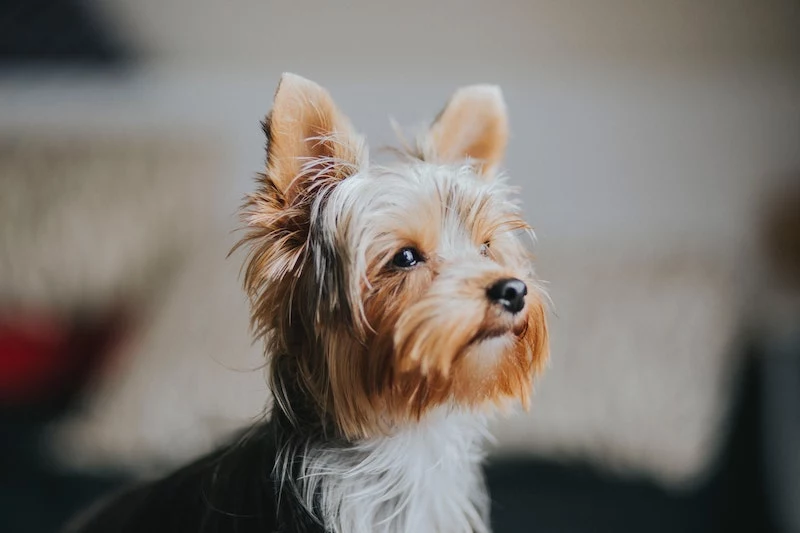
By the way, I had a client once who was at their wit’s end, constantly taking allergy meds and regretting their decision to get a Wheaten Terrier. We created a strict weekly routine: bathing with a dander-reducing shampoo, a nightly wipe-down with a damp cloth, and running an air purifier 24/7. It took a month of consistency, but the change was incredible. They went from miserable to being unable to imagine life without their dog.
It is possible!
Your Allergy Sufferer’s Shopping List
To set yourself up for success, here’s a quick list of things to get before the dog comes home:
-
An Air Purifier with a HEPA filter. Put it in your bedroom and leave it on.
-
Dander-Reducing Dog Shampoo. You can find this at most pet stores or online. It’s not a cure, but it helps wash away the surface-level allergens.
-
Washable Dog Beds & Covers. Being able to toss everything in hot water once a week is a game-changer.
-
A High-Velocity Dryer. This might seem extra, but after a bath, taking your dog outside and using one of these to blow out their coat is the single best way to remove loose dander. You can find models for home use for around $100-$200.
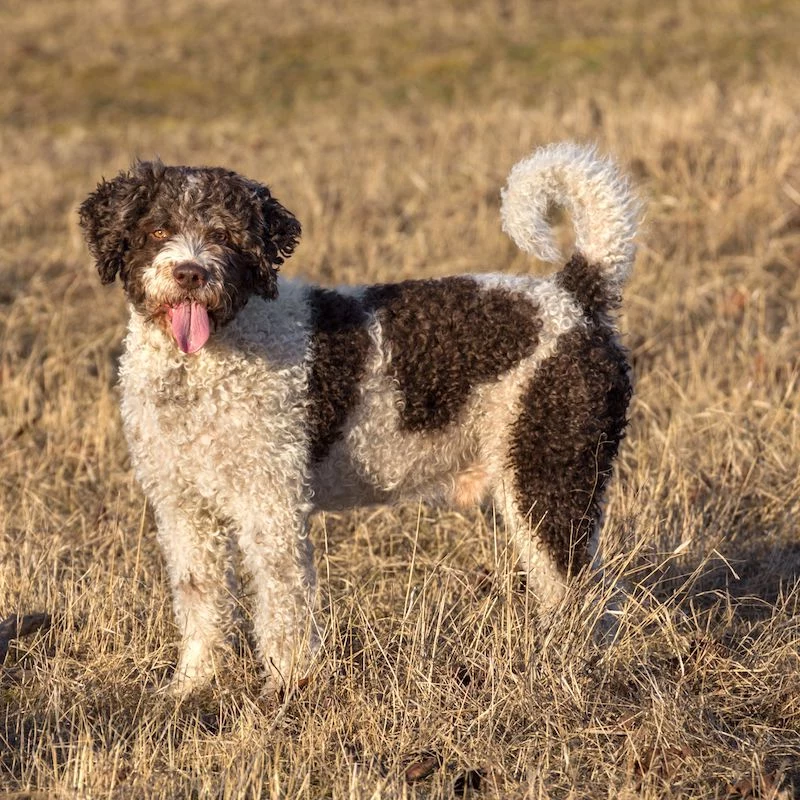
At the end of the day, living with a dog when you have allergies is a marathon, not a sprint. It’s about consistent management and putting in the work. But for the love and companionship of a dog, most people find it’s more than worth it.
Inspirational Gallery
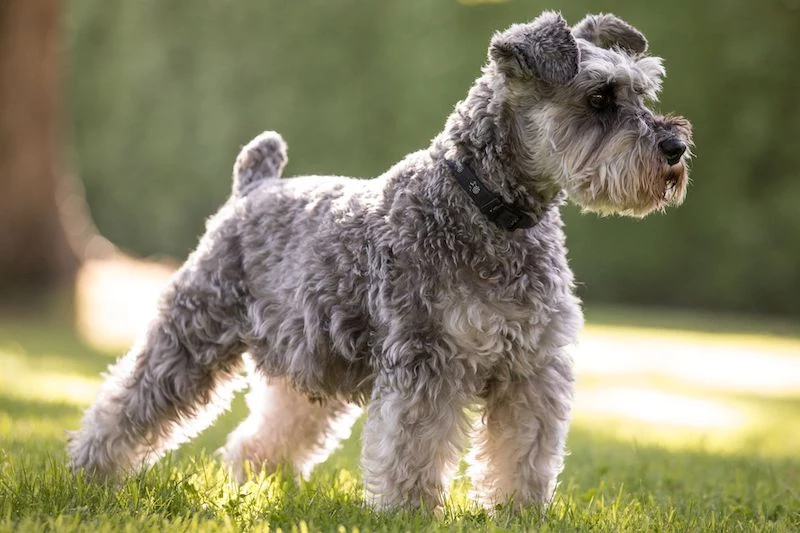
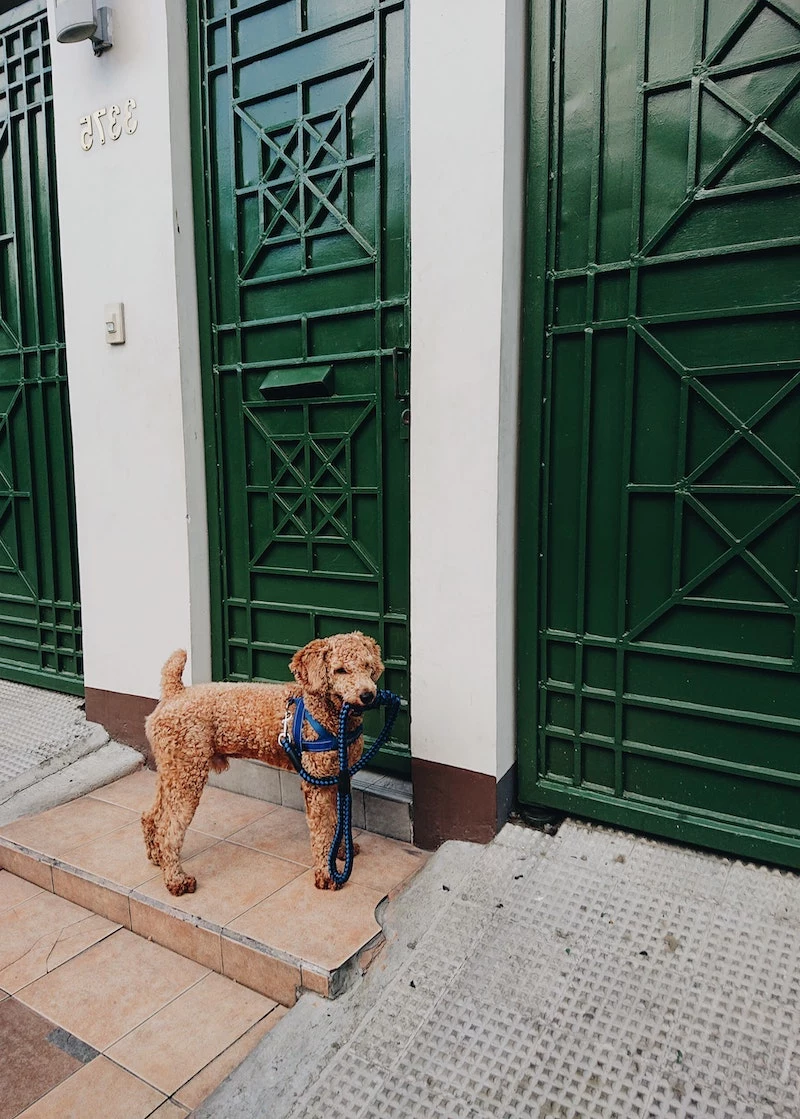
Beyond the dog itself, what’s the single biggest factor in managing allergens at home?
Your air quality. Dander is microscopic and airborne, so tackling it before it settles is key. Investing in a high-quality air purifier with a True HEPA filter can be a game-changer, capturing particles as small as 0.3 microns. Place units in the rooms where the dog (and you) spend the most time, like the living room and bedroom. For an extra layer of defense, ensure your vacuum cleaner, like a Miele Complete C3 for Pet or a Dyson Ball Animal, also has a sealed system and HEPA filtration to trap allergens instead of kicking them back into the air during cleaning.
The Grooming Kit That Fights Dander
Regular bathing is essential, but the wrong products can dry out a dog’s skin, making dander worse. Build a toolkit focused on hydration and trapping allergens.
- Hypoallergenic Shampoo: Look for gentle, soap-free formulas. Brands like Earthbath and Burt’s Bees for Dogs use oatmeal and aloe to soothe the skin and reduce flaking.
- Conditioning Rinse: A good conditioner helps lock in moisture post-bath.
- Brushing Spray: Between baths, a light mist of a leave-in conditioning spray before brushing can help dander and loose hairs cling to the brush instead of becoming airborne.










